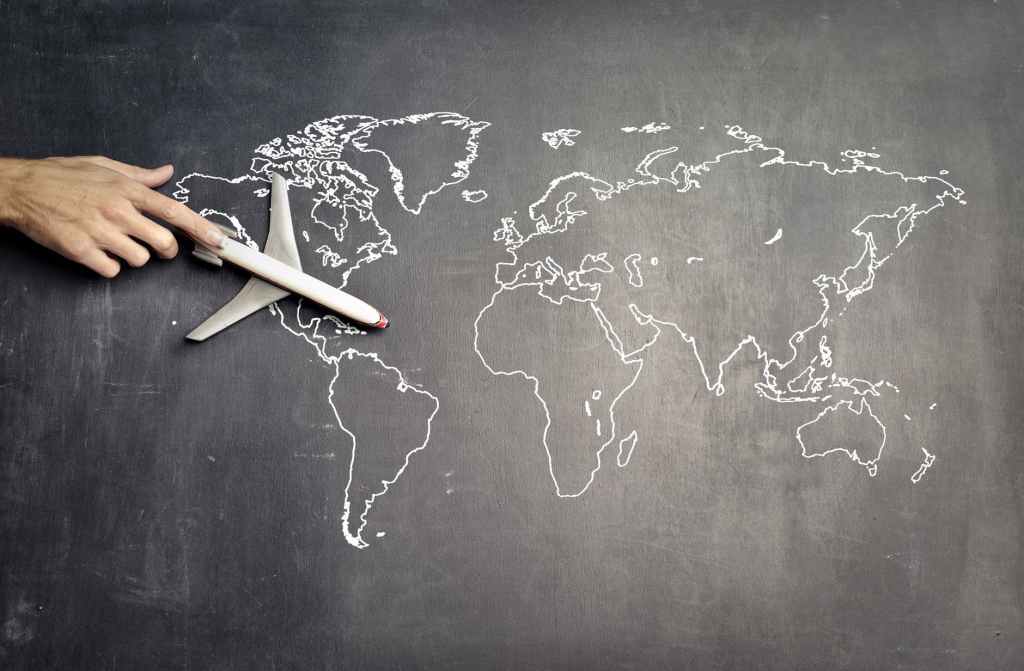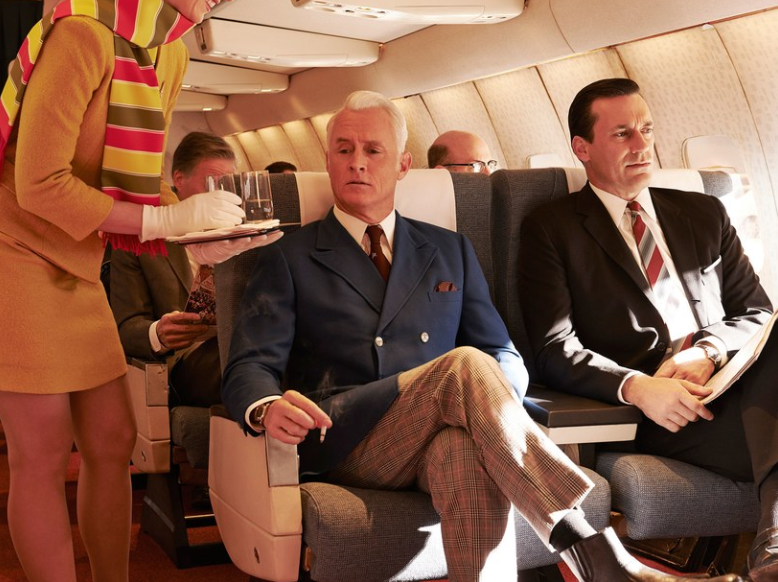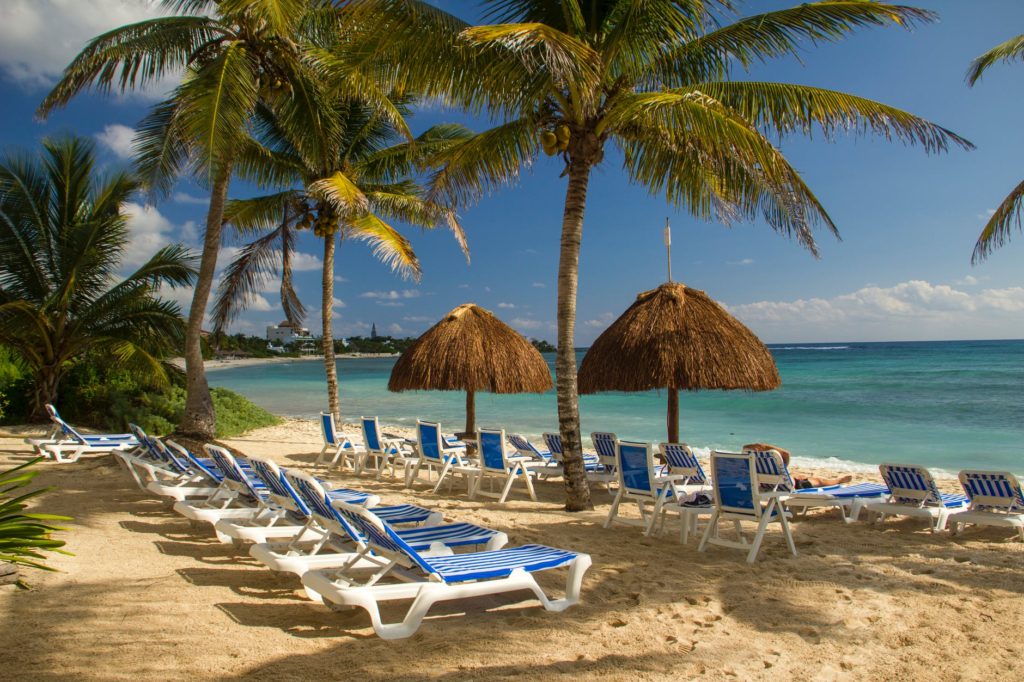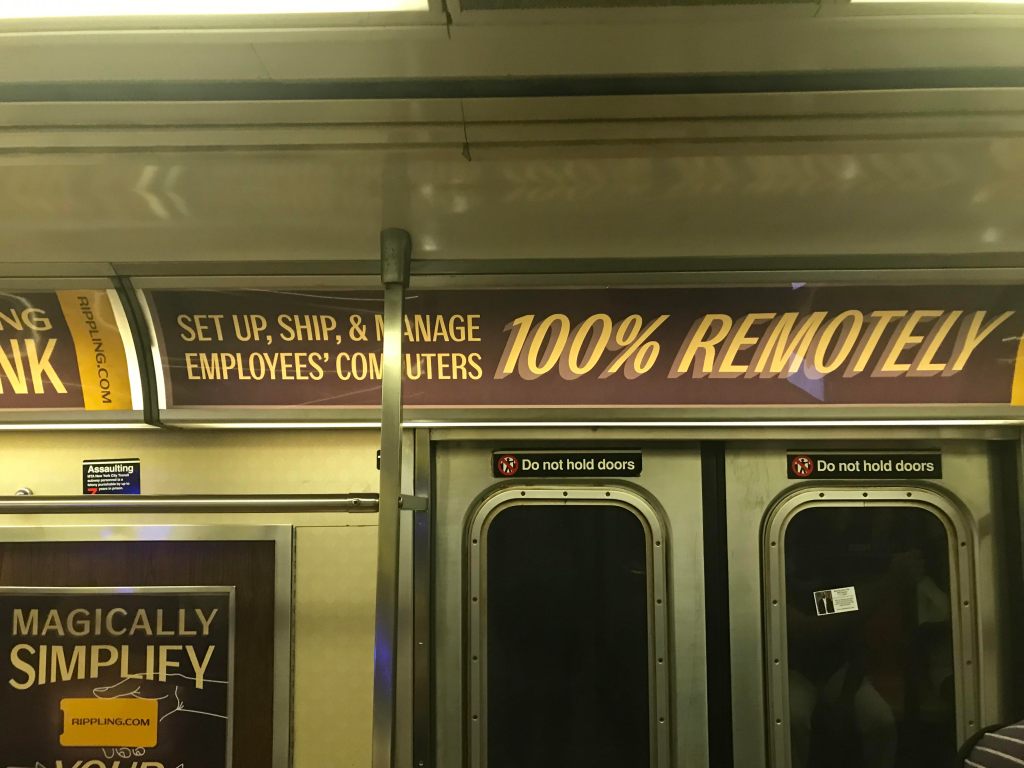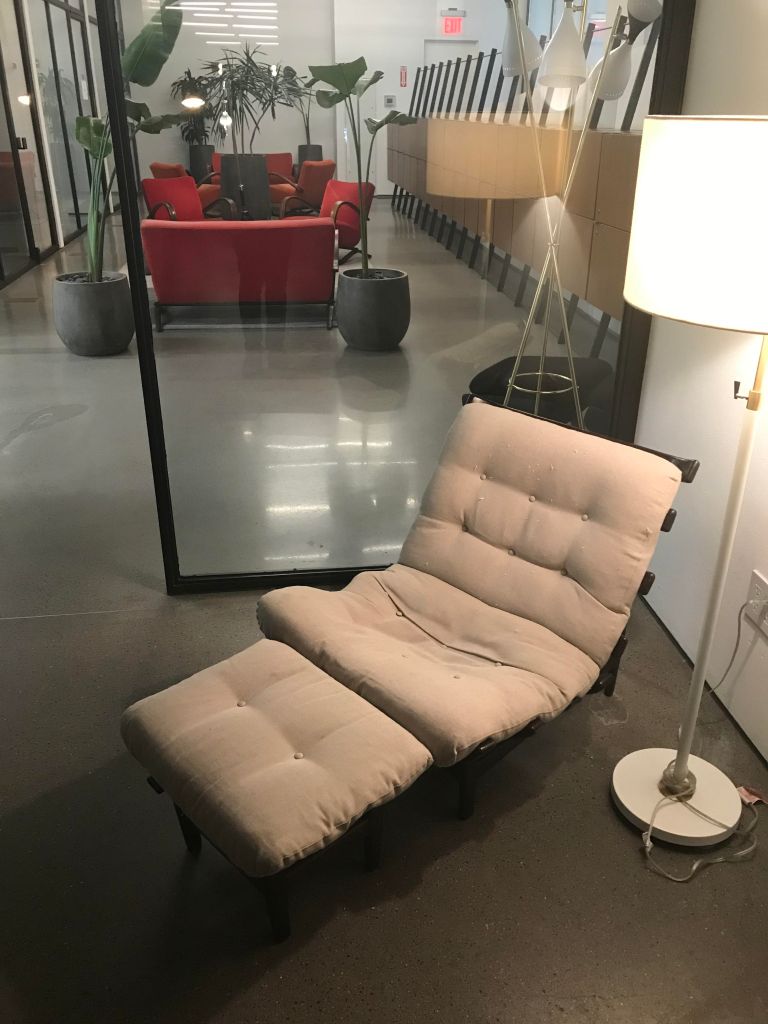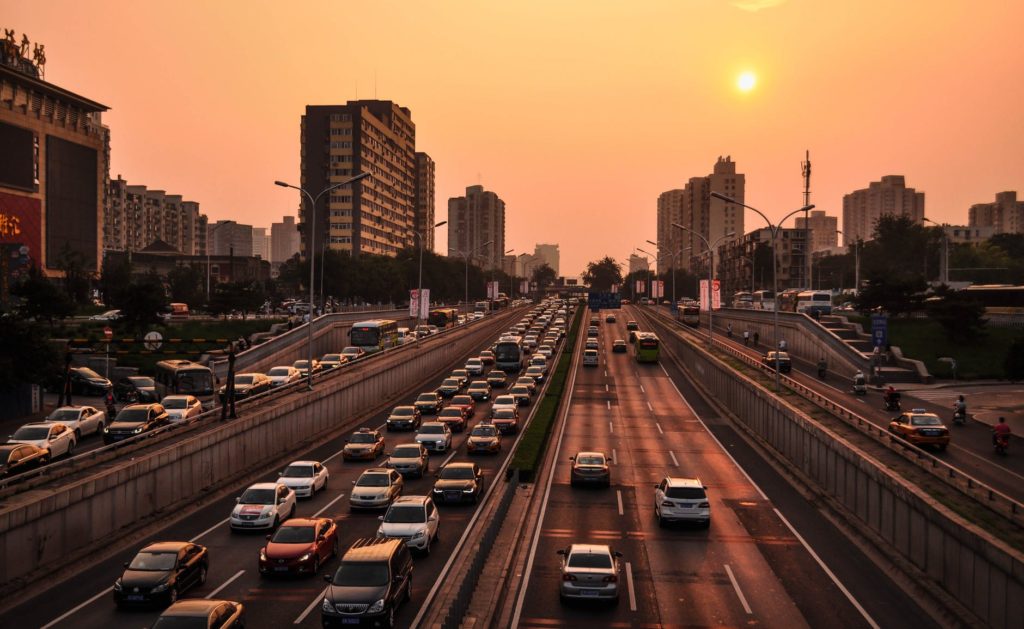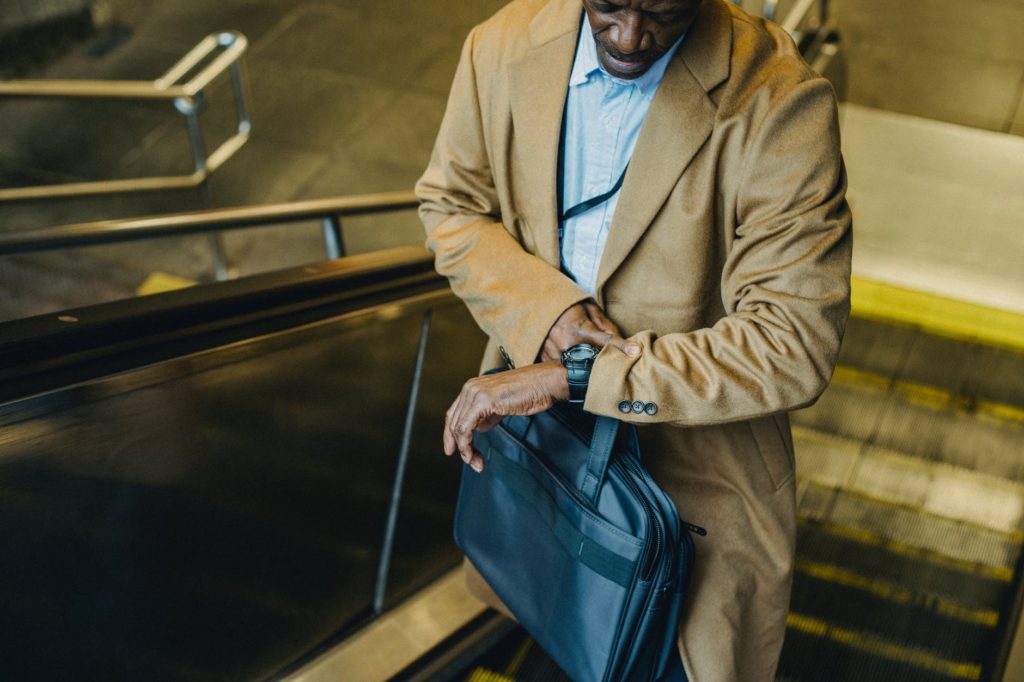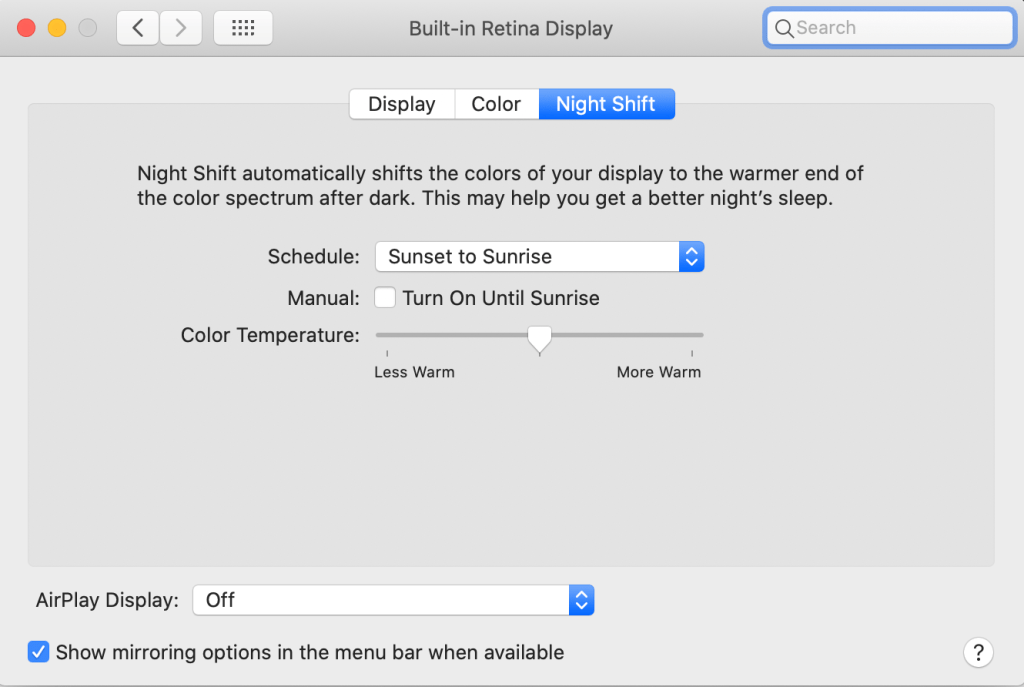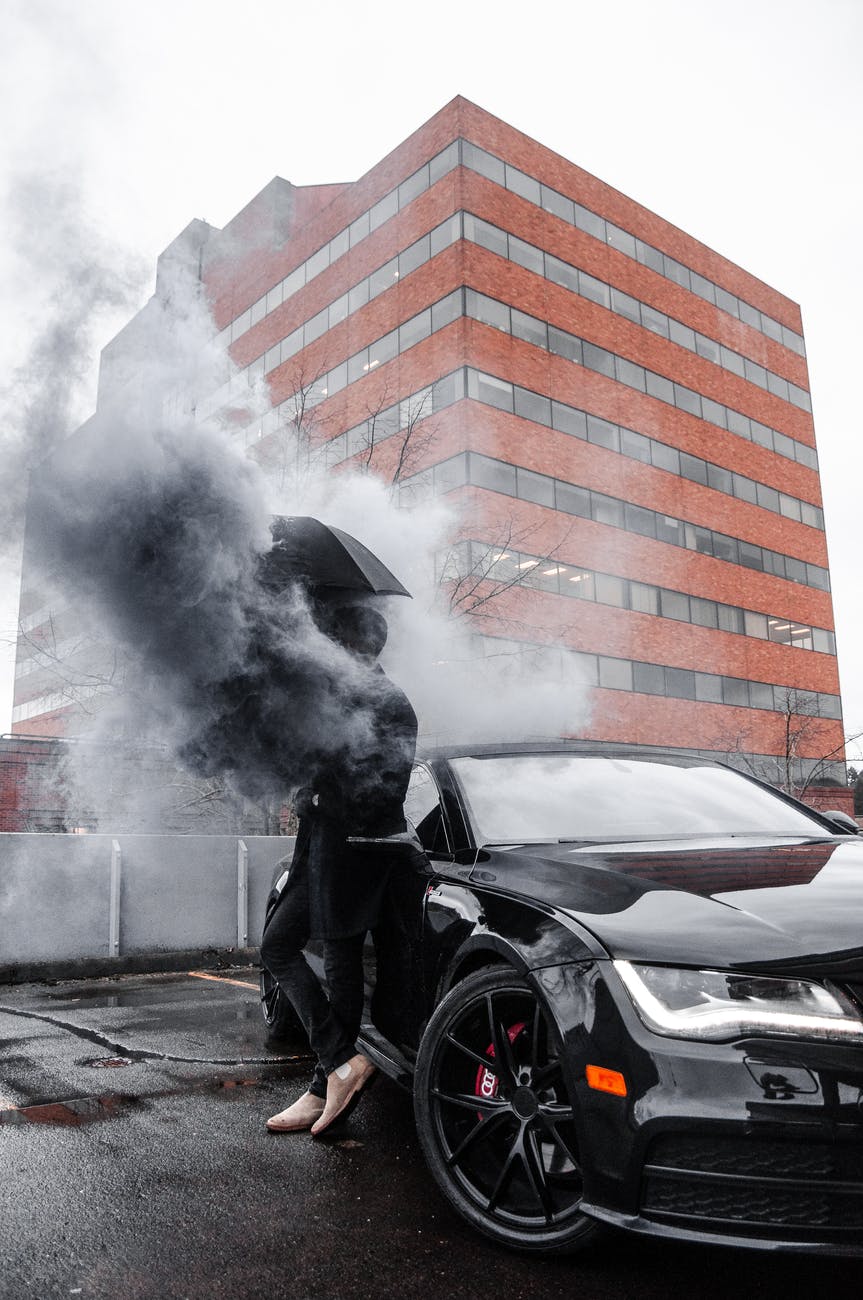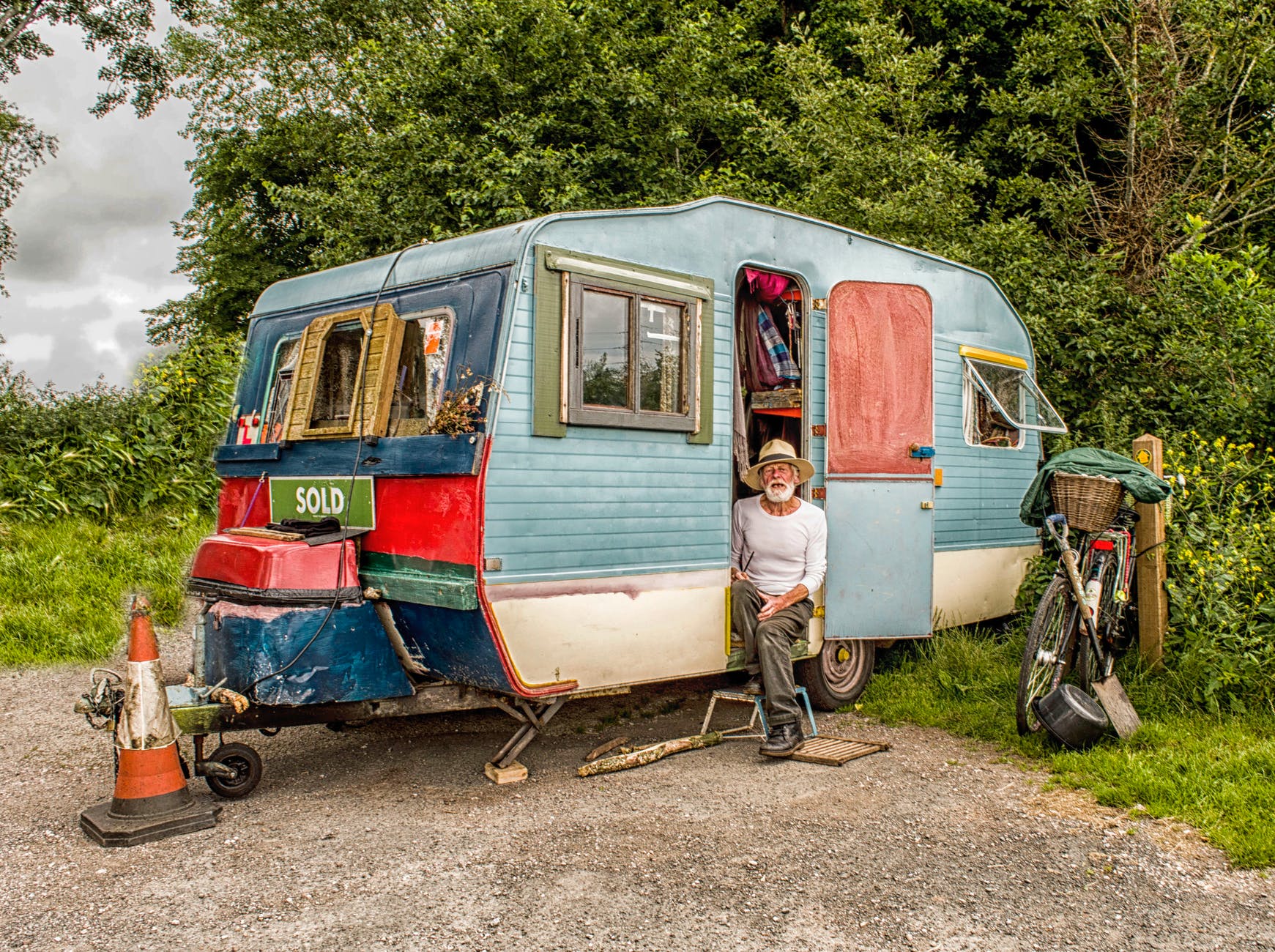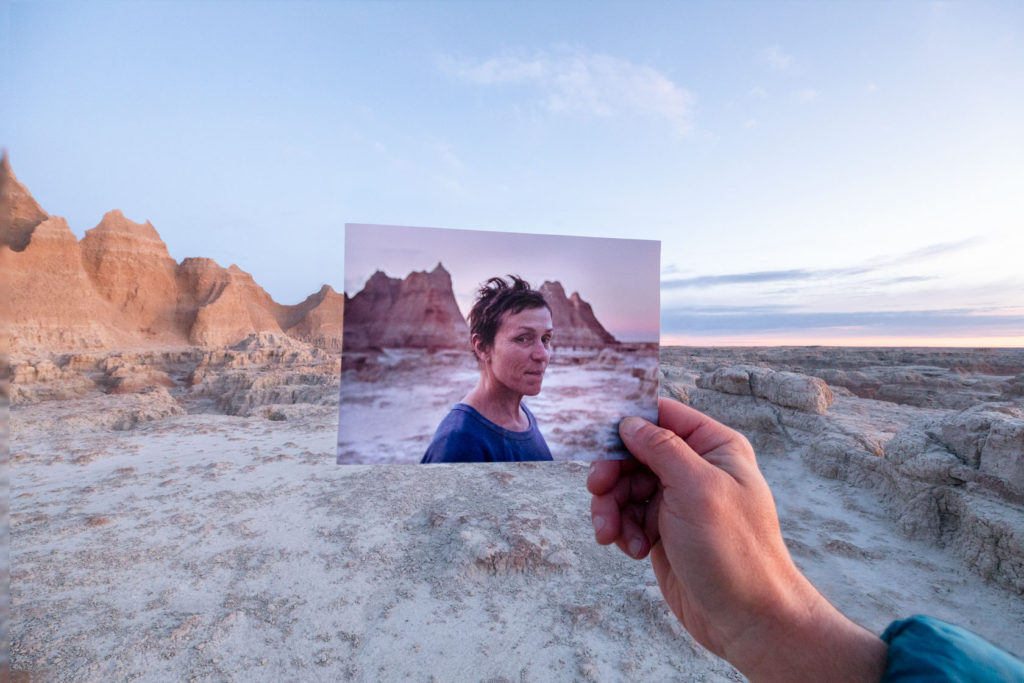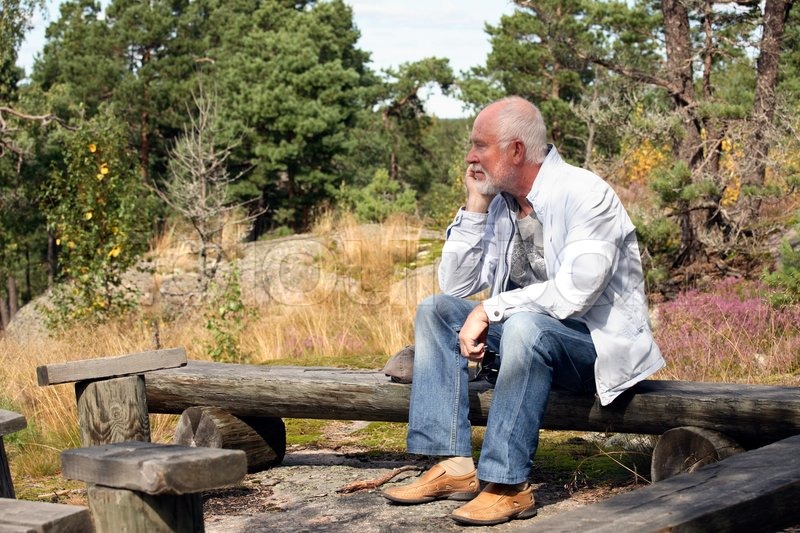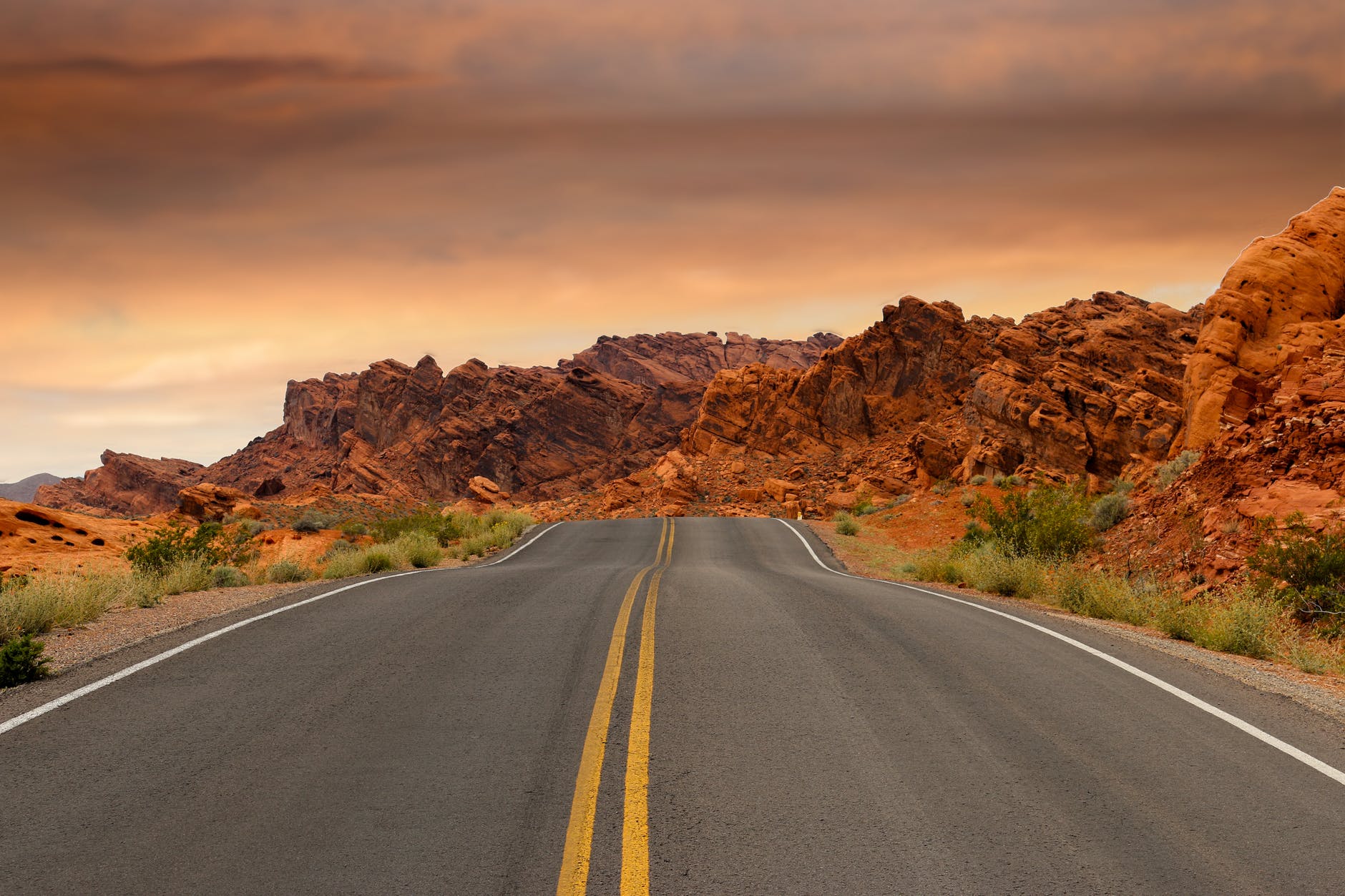DISCLAIMER: This article represents my personal views and not those of my employer or any affiliated organizations.

In this article, I’ll walk you through my own experiences living on the road, moving from vacation rental to vacation rental. Being a digital nomad takes a lot of effort. This is especially true if you’re working while doing it.
If you’re going to travel by vehicle, vs. by air, you need to be prepared.
If you haven’t checked it out, also see my article on how to prepare to be a digital nomad!

Rent or Buy?
The rental market for vehicles tends to fluctuate immensely. A few months into the virus crisis, many rental centers were practically begging customers to lease cars and trucks from their lots. Now post-crisis, rental and used vehicle prices are sky high, with a car computer chip shortage meaning fewer new vehicles are produced.
Buying a vehicle is a big decision to make. It comes with many commitments: Doing your own upkeep, inherited mechanical problems, and having to register in a home state. Rental centers typically will take care of maintenance, repairs, and you can drop your vehicle off in most major cities. This means you’re never worried about where you’re located.
The upside of buying is that (if purchasing with cash), you’ll never have to make a monthly payment again. You can also customize your vehicle however you like. For whatever money you put into buying the vehicle, you can get most of it back when reselling it.

Choosing a Vehicle
It’s important to choose a vehicle that suits your nomad lifestyle. Do you spend most of your time in urban areas? Perhaps something smaller, faster with better miles per gallon is best for you (like a Honda CR-V or RAV4). Do you do lots of off-roading to get to remote trailheads? You’ll need a truck or SUV with 4 Wheel Drive or All Wheel Drive capability and high ground clearance. Do you tend to sleep or camp in your vehicle often? You’ll want an SUV or van with a lot of space. Pickup trucks with a fitted canopy work well for this too.
Choosing Where to Do your Registration and Title
Believe it or not, the state or province that you register your vehicle in matters a lot. You may have to return there once a year to renew your registration, or to do emissions testing. You can only register in a state where you hold residence.
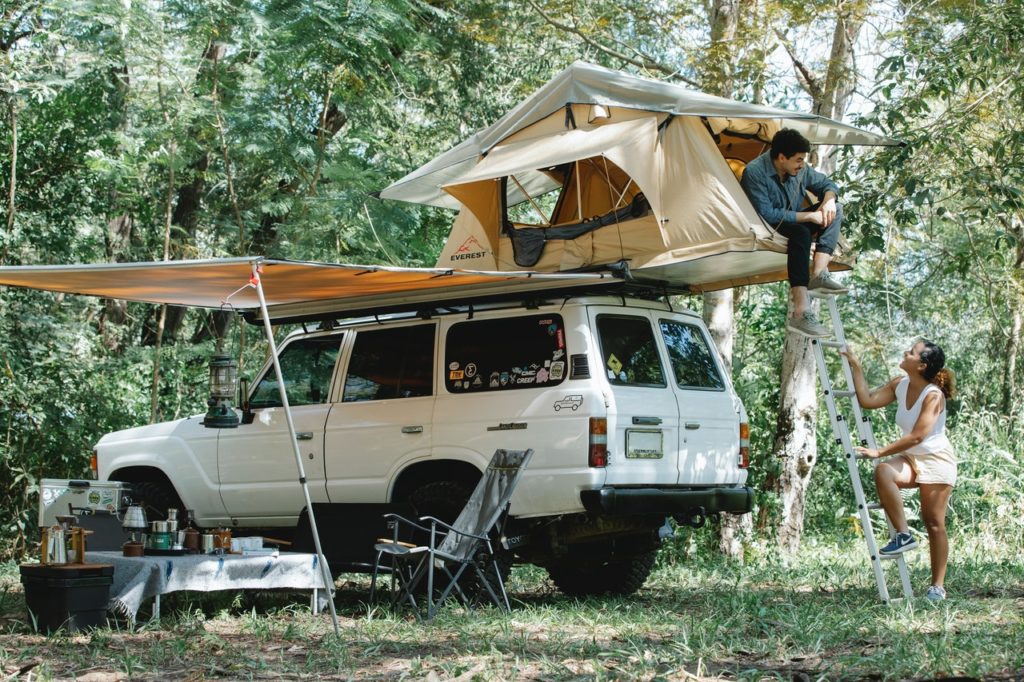
Outfitting your Vehicle for Weather Conditions and Terrain
There are all sorts of conditions that can pop up on the road.
If you’ll be doing any sort of off-roading, you’ll need tires that can take a beating. You’ll also want to carry Bunker Indust traction mats to put under your tires (just in case you get stuck in mud/sand). If you’ll be going through snow/mountain passes, some roads *require* vehicles to carry snow chains.
For comfort, it’s a good idea to buy sun shades, mesh window bug screens, and a Thule roof box (in case you have extra belongings).
Loading your Vehicle for the Road
If you’re traveling on the road, you’re going to need a lot of space. For this reason, it’s best to be a minimalist with your belongings while traveling.
We managed to stuff all of our things into the backseat of a 4-door Ford Ranger pickup, but it was quite a squeeze. Now, with a Honda Pilot, we’ve got a 6 seat SUV, able to fold 2 of those seat rows flat. That makes for a lot of room.
Another great trick for pickup trucks: Make use of that flat bed space. Our solution was a large sports cooler and a Thermos strapped into the back of our truck. We used 4 elastic straps to secure both containers, and not once had an issue, even on interstate highways.
You’ll want to load your vehicle up the night before your rental reservation ends. The reasoning? You’ll be spending checkout day cleaning the place up. You don’t want to be searching around for lost possessions.
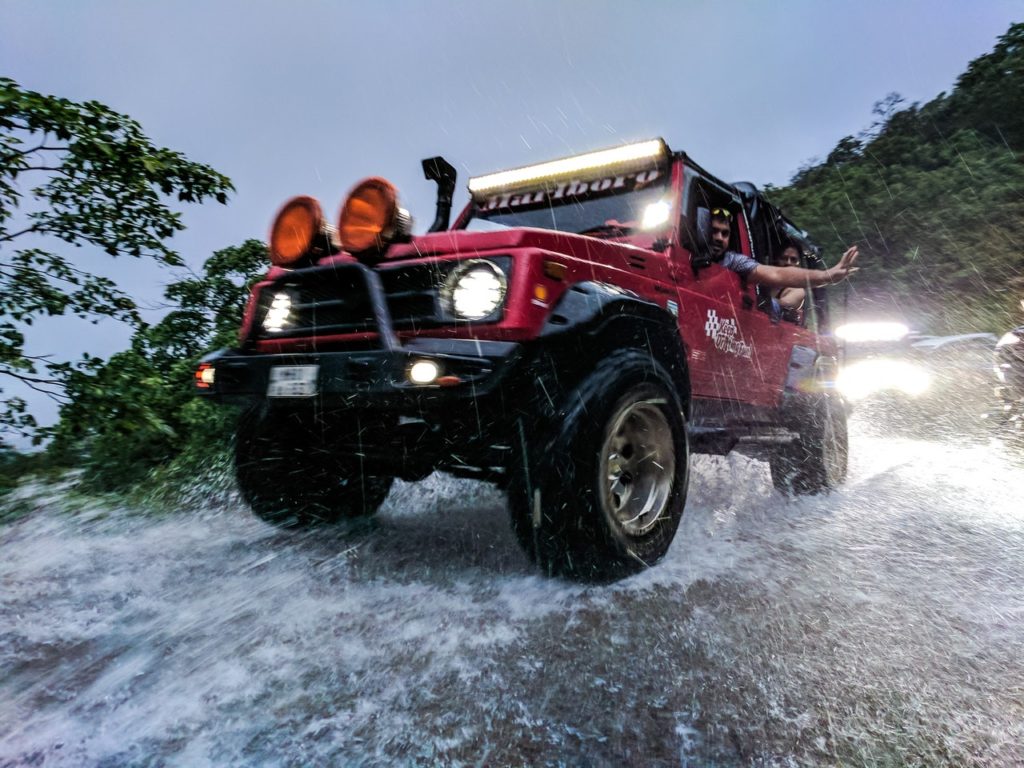
Protecting your Vehicle
If you’re going to be taking long-haul road trips, you need to do regular upkeep and maintenance on your vehicle.
Even if you may think you’re in the “middle of nowhere”, you may be surprised. Trailheads and rural areas are some of the most common points of theft and break-ins. They are community gathering points where most people leave their vehicles unattended. This makes it easy for would-be thieves. To prevent this, make sure to buy a vehicle with a car alarm, or have one installed (Banvie car alarms are great and cheap). More importantly, buy a tarp to cover your belongings, so thieves can’t see what you “have to offer”. I recommend a Guard Rhino tarp, they’re only $14, and you can use them for many other purposes like camping and as a rain shield.
In the SUV, we also have a secret compartment under the truck bed, which contains a camp stove, fuel, a first aid kit, and a tire jack. (A Big Red 10 ton bottle jack should handle pretty much any vehicle). These emergency supplies will help us to survive a night in the wilderness with a flat tire, if we really need to.
Last but not least, protect the exterior of your vehicle. Desert sun can actually melt your paint. Too much water can make it rust. You can sustain scratches from not just rocks, but even tiny branches. So be sure to buy an external ceramic coating (like TriNova Hydrophobic Sealant). By doing this, you’re also insuring the resale value of your vehicle.
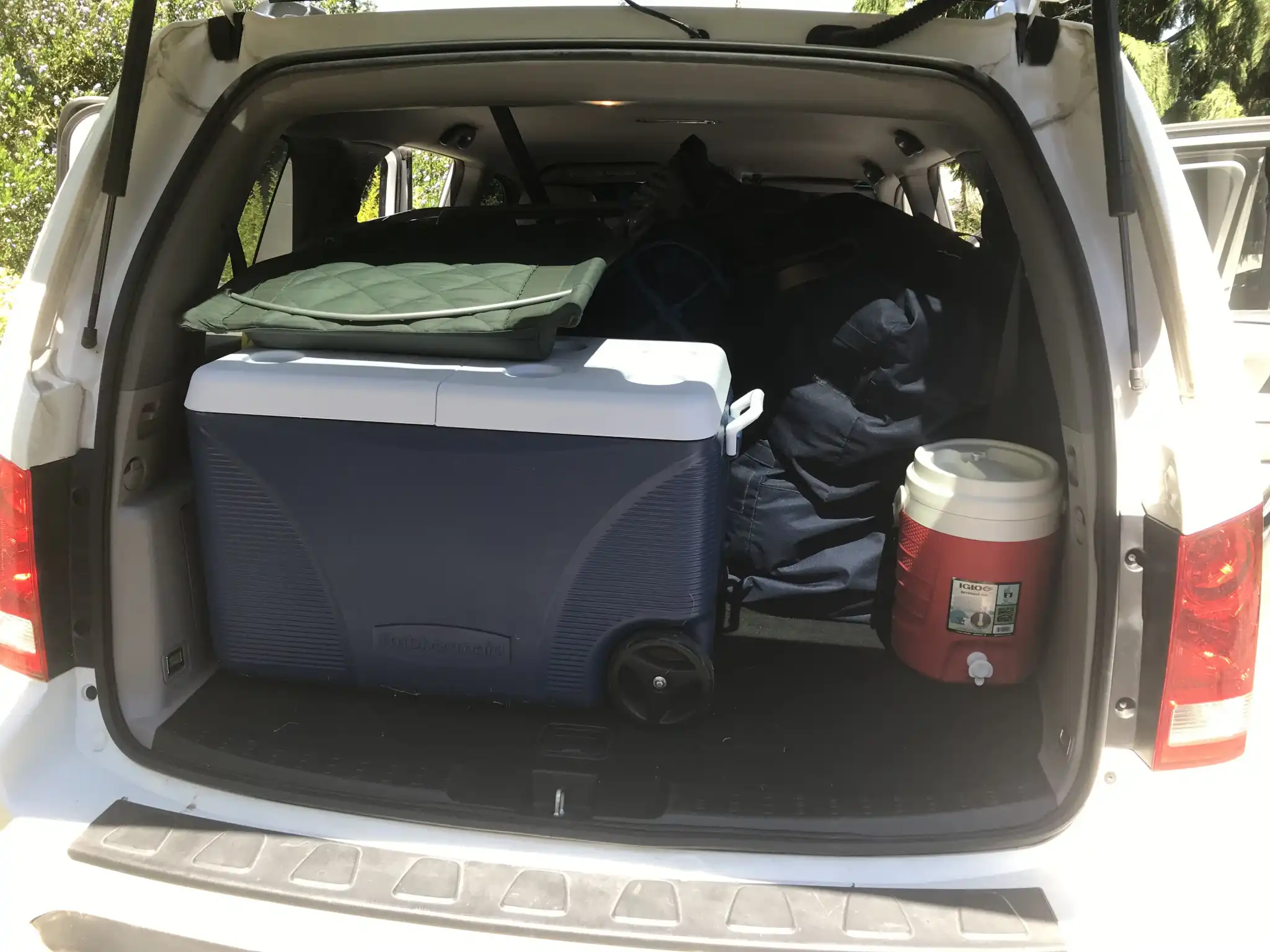
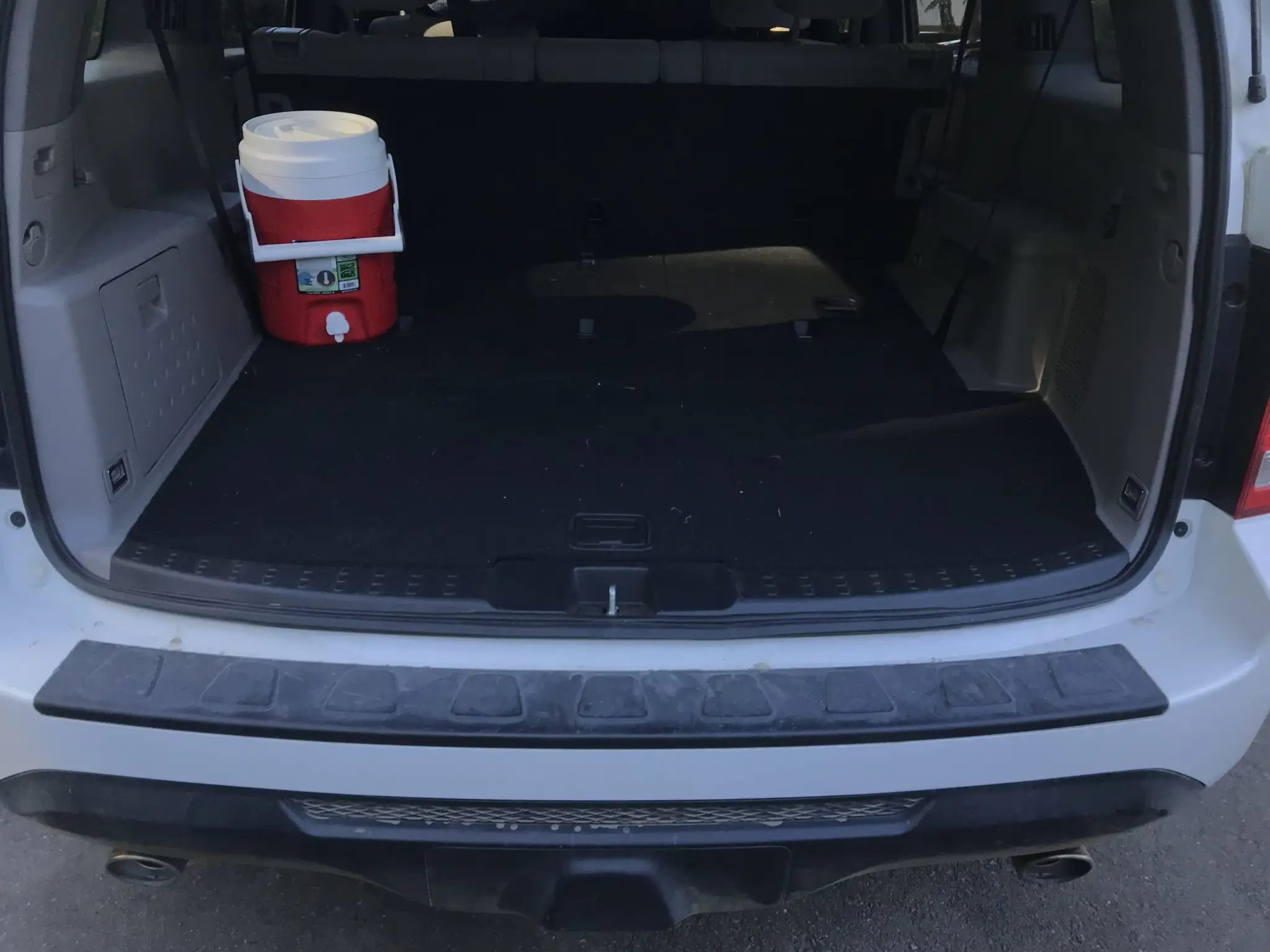
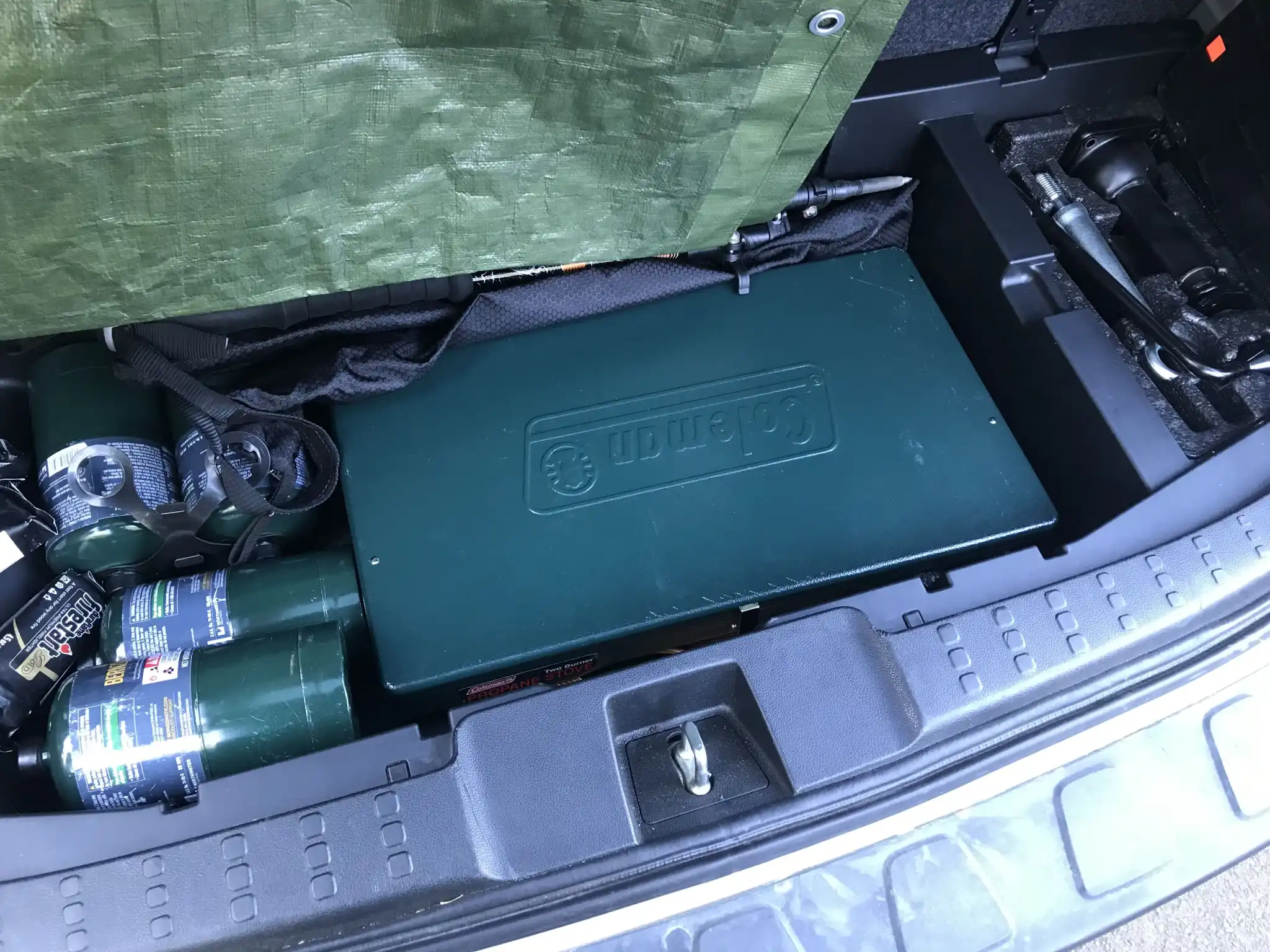
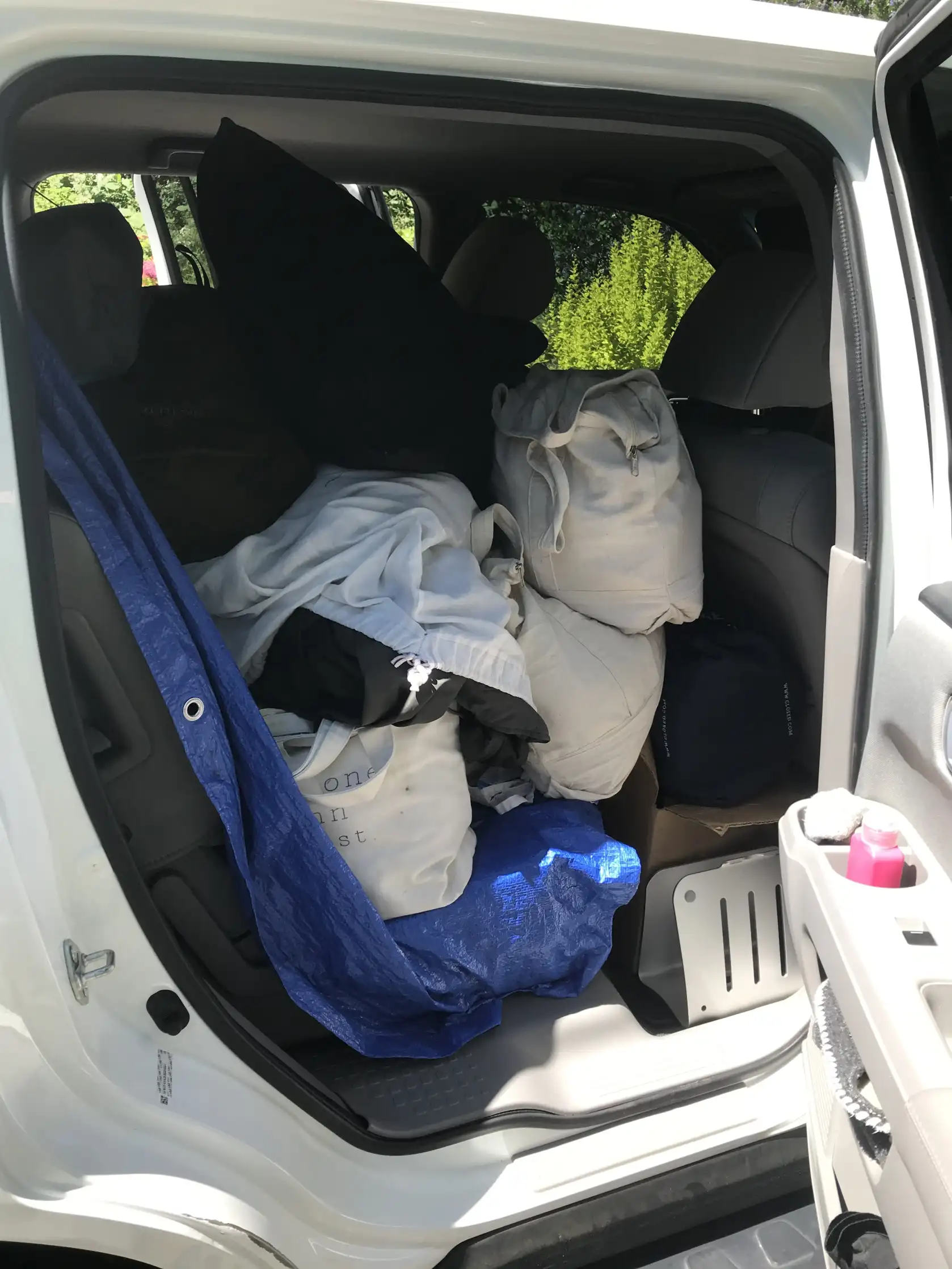
Happy Travels!
Okay! You’re ready to hit the road. Just remember: Vehicles that are loved and cared for have better resale value. Have fun in your vehicle, but be careful with it. You want to be able to trade it in for an even better model eventually, or to sell it if you want to “digital nomad” by plane, or “settle down”.
